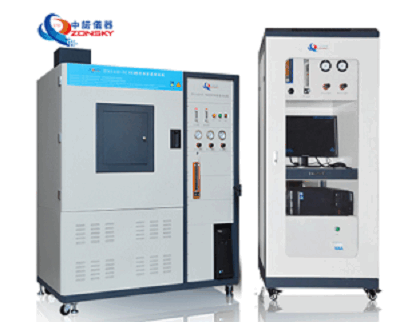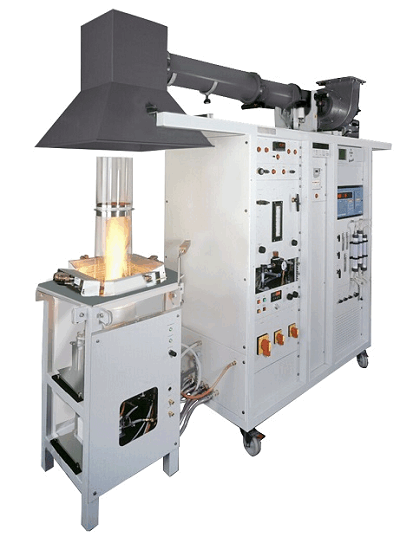The function of Building Component Testing Equipment is to assess and evaluate the performance, durability, safety, and quality of various building components and materials. This specialized equipment is used to conduct tests and measurements to determine the properties and behavior of these components under different conditions. It supports various stages of the construction process, from research and development to manufacturing, quality control, compliance, and risk assessment. Here are some key functions and purposes of building component Testing Equipment:

Performance Evaluation: Building component Testing Equipment helps in evaluating the performance characteristics of different building materials and components. It allows researchers, engineers, and manufacturers to understand how these materials will perform in real-world scenarios, such as exposure to extreme weather conditions, structural loads, vibrations, or fire.
Quality Control: Building component testing equipment plays a vital role in quality control during the manufacturing process. It helps ensure that building components meet specified standards and requirements, including strength, durability, dimensional accuracy, and resistance to various factors like moisture, corrosion, or wear and tear.
Structural Integrity Assessment: Testing equipment allows for the assessment of the structural integrity of building components. It helps determine the load-bearing capacity, stiffness, and overall structural performance of materials such as concrete, steel, wood, or composite materials. This information is crucial for designing safe and reliable structures.

Safety Compliance: Building component testing equipment helps verify compliance with safety regulations and building codes. It allows for testing and certification of components, such as doors, windows, fire-resistant materials, electrical systems, insulation, and other critical elements, to ensure they meet the necessary safety standards and protect occupants from hazards.
Material Research and Development: Building component testing equipment supports research and development activities in the construction industry. It enables researchers and scientists to explore new materials, study their behavior under different conditions, and optimize their properties for enhanced performance, sustainability, and energy efficiency.
Product Innovation and Improvement: By subjecting building components to various tests and experiments, testing equipment aids in product innovation and improvement. It helps identify weaknesses or areas for enhancement, leading to the development of more advanced, reliable, and efficient building materials and components.
Risk Assessment and Mitigation: Building component testing equipment assists in risk assessment and mitigation strategies. By simulating different scenarios and testing the performance of components, it helps identify potential risks or vulnerabilities, allowing engineers and designers to address them proactively and develop appropriate mitigation measures.
 WhatsApp:
WhatsApp: Mobile Phone:
Mobile Phone: Contact Now
Contact Now